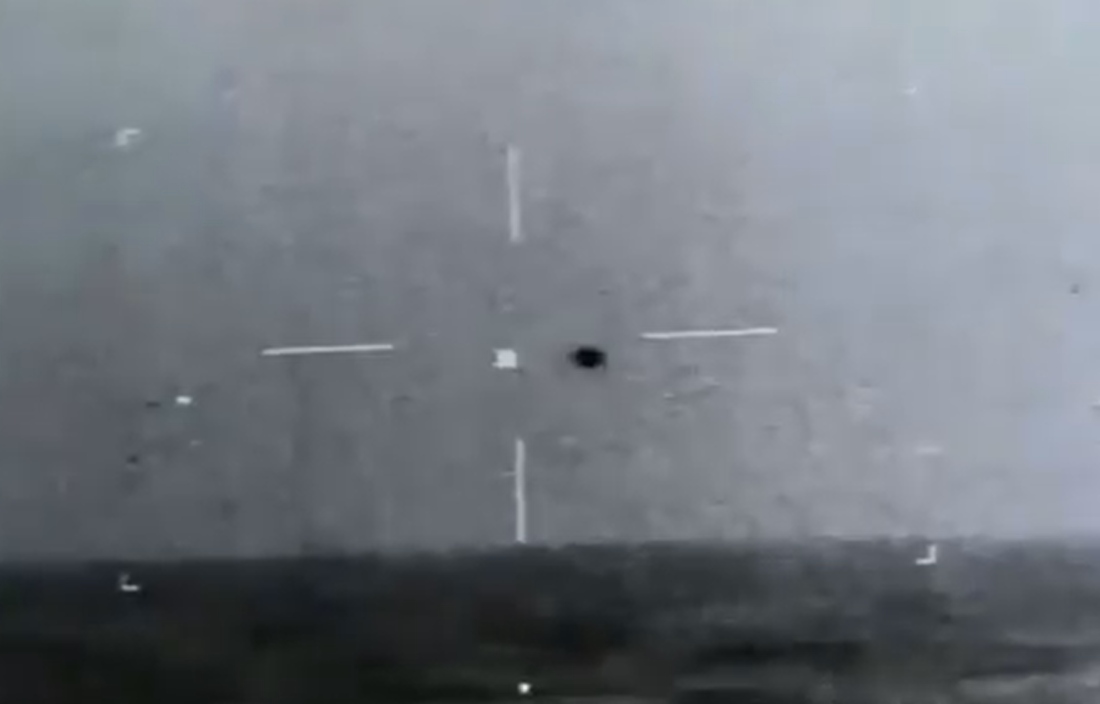
"Life is far most likely to evolve on planets located within their system's habitable zone, just like Earth," said Nikolaos Georgakarakos, a professor at New York University Abu Dhabi and the lead researcher of the study. "We show for the first time that Kepler-34, -35, -64, -413 and especially Kepler-38 are suitable for hosting Earth-like worlds with oceans."
One of those star systems has four stars orbiting one another at the system's center. The rest, which are called binary star systems, have two stars. All are known to host at least one giant planet the size of Neptune or greater.
On paper, multiple star systems are not the best places to look for life, especially when they host giant planets and other massive bodies. This is because gravitational interactions within multiple star systems make them chaotic. Planets can escape from their orbits and crash into stars, for instance. Those that manage to survive, on the other hand, can slip into an elliptical orbit, which can alter the intensity of radiation that falls on planets.
Additionally, the presence of multiple stars can cause dynamic changes to habitable zones as the stars move around each other.
Georgakarakos and his colleagues showed that despite these conditions, multiple star systems that host giant worlds could still support life. They detailed their findings in a paper published in the journal Frontiers in Astronomy and Space Sciences.
Multiple star systems can support habitable planets
For their study, the researchers developed a mathematical framework to determine whether a stable habitable zone exists in nine known multiple star systems, all of which host giant planets. The framework also allowed the researchers to predict where and how wide each star system's habitable zone is.
The team accounted for several factors when developing the framework. These included the stars' physical properties, the gravitational pull exerted by giant planets, the orbit of hypothetical Earth-like planets, and the changes to the intensity and spectral type of incoming sunlight.
The framework suggested that Kepler-34, -35, -38, -64 and -413, all of which are located about 2,760 to 5,930 light-years from Earth in the constellations Lyra and Cygnus, likely supported permanent habitable zones. The size of each system's habitable zone ranged from 0.4 to 1.5 astronomical units (au) wide and began at distances of between 0.6 to two au from the stars' center of mass.
"Our best candidate for hosting a world that is potentially habitable is the binary system Kepler-38, approximately 3970 light-years from Earth, and known to contain a Neptune-sized planet," Georgakarakos said. (Related: Breakthrough in the search for extraterrestrial life as scientists discovered stars could host as many as 7 habitable planets.
That said, the researchers acknowledged that not all multiple star systems with giant planets are very good at supporting life. In Kepler-16, -453, -1647, -1661, the habitable zone was roughly half the predicted size because the giant planets in those systems destabilized the orbits of other worlds.
"Of course, there is the possibility that life exists outside the habitable zone or on moons orbiting the giant planets themselves, but that may be less desirable real-estate for us," said Siegfried Eggl, an astronomer from University of Washington and one of the study's researchers.
Overall, the study proves that the presence of giant planets does not mean multiple star systems are unable to support habitable planets.
"Our study confirms that even binary star systems with giant planets are hot targets in the search for Earth 2.0," Eggl went on to state.
Cosmic.news has more stories about habitable planets and the search for alien life.
Sources include:
Please contact us for more information.























